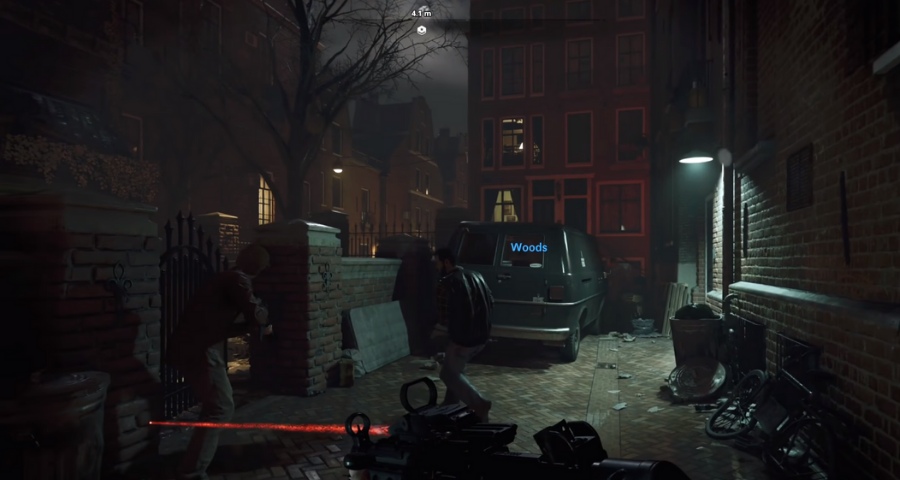In the past, video games were often derided as simple, mindless entertainment, distractions from the “real world” or mere child’s play. Video games have evolved into artistic mediums that can evoke a wide range of emotions, from joy and laughter to sadness and reflection, thanks to increasingly advanced technology. In this article, we discuss how realistic graphics are changing the way we think, talk, and engage with video games as they edge closer to realism.
The Power of Visual Realism
Featuring realistic graphics, players will be immersed in game worlds in ways they never imagined possible before. The result is an experience that can feel almost tangible because of high-definition textures, lifelike character animations, and intricate environmental details.
A game depicting a rainy city street makes you feel the chill of the drops falling on your skin and the splash of water on the cobblestone. Immersion in the game deepens our emotional connection with it, transforming it from mere pixels to a living experience.
Opening Conversations Through Representation
As well as evoking visceral reactions, realistic graphics allow characters and settings to be presented in a more nuanced way. In early generations of gaming, limited graphics capabilities often resulted in simplistic stereotypes of characters lacking depth or individuality.
Inclusion and diversity in gaming can be enhanced through enhanced representation. Authentic representations of characters of varying racial, gender, and ethnic backgrounds can produce a richer narrative that appeals to a wide audience, for example. Inspiring conversations about media representation and diversity can occur as a result of such detailed representation.
Tackling Complex Themes with Authenticity
Realistic graphics also empower game developers to address complex social, political, and ethical issues with authenticity. Consider a war-themed game. In the past, such games might have glossed over the brutal realities of war, presenting it as a straightforward battle between good and evil. But with today’s graphics, the grim details of war – from the anguish on a soldier’s face to the destruction of a once-thriving city – can be depicted with heart-wrenching accuracy.
It opens up a conversation about war’s costs and heroism’s nature, and geopolitical conflict’s complexity. Instead of being merely an escapism, the game becomes a platform for reflection and debate.
Criticisms and Concerns
It is understandable that hyper-realism is not without its critics. The excess emphasis on graphics could overshadow the development of gameplay mechanics and storylines, according to some. Furthermore, depiction of violence or trauma too realistically may have desensitizing effects.
However, it’s essential to recognize that realistic graphics, like any tool, can be used responsibly or irresponsibly. The key lies in the hands of the developers and how they choose to employ this tool. When used thoughtfully, realism can elevate a game from mere entertainment to a form of art that prompts reflection and discussion.
Towards a Future of Deeper Engagement
As technology, including AI simulations in predicting humans, continues to advance, we can expect game graphics to reach even greater heights of realism. This evolution presents an exciting opportunity for both developers and players. For developers, it’s a chance to craft stories that resonate on a deeper emotional level, tackling challenging themes with nuance and sensitivity. For players, it offers an immersive experience that can both entertain and provoke thought.
Conclusion
The rise of realistic graphics in video games is not just a technological marvel; it’s a cultural shift. As these graphics become more lifelike, they challenge us to engage with games in more profound ways, prompting discussions that transcend the virtual realm. Whether we’re reflecting on the nature of war, discussing representation in media, or simply marveling at the beauty of a digital sunset, one thing is clear: realistic graphics are reshaping the landscape of gaming and the conversations around it.

